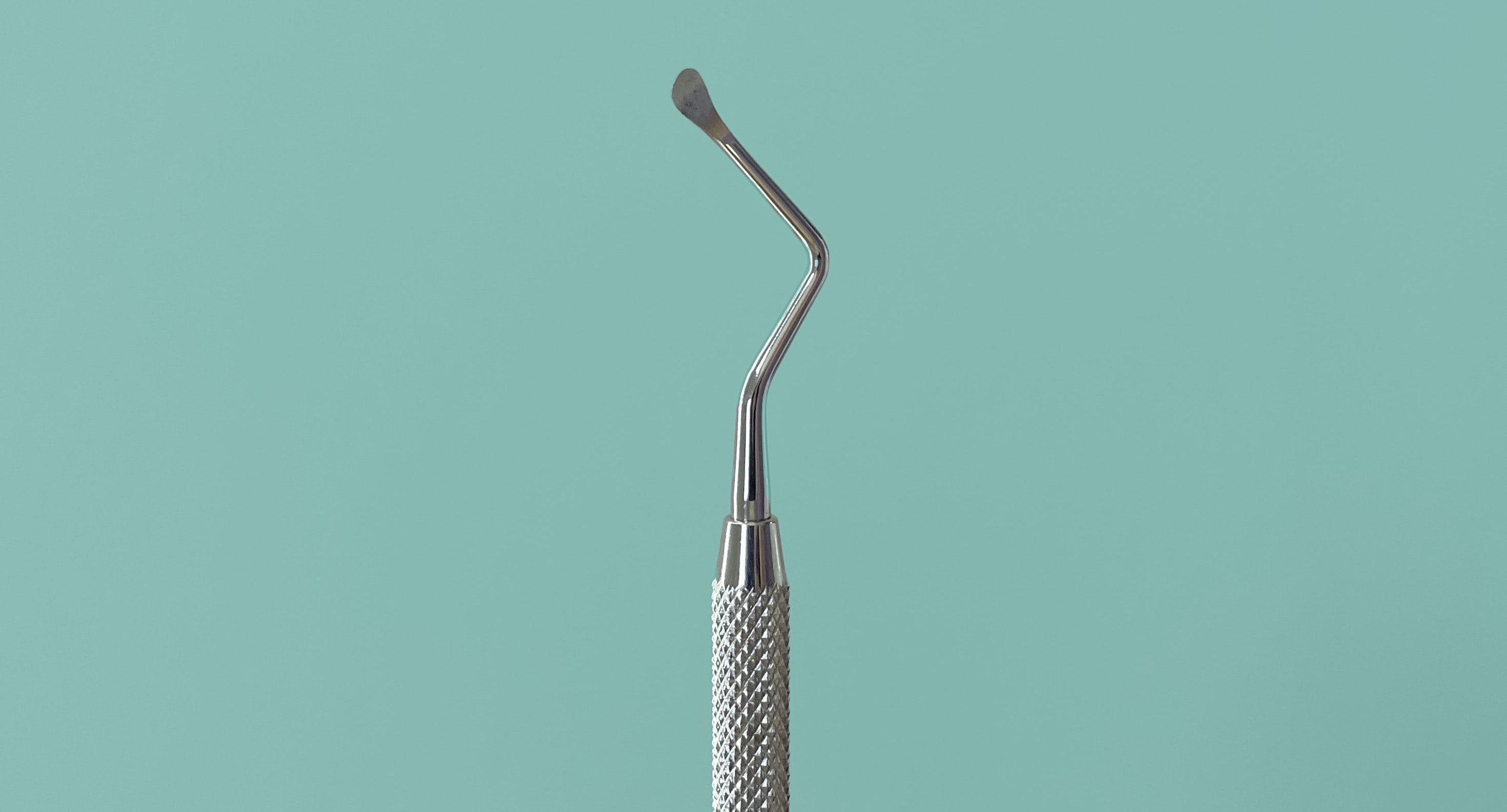Wart Removal
Last updated: January 25th, 2024

What is Wart Removal?
Although generally harmless, warts can be unsightly and annoying. They can also cause pain when growing in certain areas such as feet or hands. Wart removal is the process by which warts are removed.
Warts grow when the skin grows abnormally fast; this happens due to an HPV infection. There are more than 100 different strains of HPV, 10 of which may cause warts. There are essentially 3 different types of warts:
Common - As the name suggests these are the most common type of warts. They mostly appear on hands however are known to appear in other places. They feature a rough, raised surface which can include specks.
Plantar - These type of warts can only be found on the sole of the foot. They are rough and spongy in texture and are usually flat due to walking. Colour varies between grey and brown and may feature specks.
Flat - These warts often appear in large numbers across the face and hands, They’re usually quite smooth and pink in colour. The least common type of warts out of the three.
Why get Wart Removal?
Although warts are generally harmless, they may still cause pain and discomfort. Left untreated, warts will typically go away within one to two years however getting wart removal will make sure they go away much faster.
Warts grow in the epidermis which is the uppermost layer of the skin. The HPV virus that causes warts is something all of us come in contact with many times every day, from opening doors to touching infected skin. As warts can spread, it is important to wash your hands often to avoid spreading to other parts of your body even though they are not highly contagious.
When should you get Wart Removal?
Although warts can disappear on their own within one to two years, getting them removed by a medical professional can help you avoid pain and discomfort. Warts that grow in size and/or bleed should be seen by a medical professional as soon as possible.
Although there are a number of home remedies available, it is always best to consult a medical professional such as a GP or a dermatologist before attempting to remove warts on your own, more so when in sensitive areas.
Wart Removal Procedure
Warts can be removed in a number of different ways depending on the type of wart and the sensitivity of the area. Wart removal procedures include:
Cryotherapy. Also called freezing, this procedure involves the spraying of liquid nitrogen directly on to the wart and the immediate surrounding area. Mostly used for hand warts, cryotherapy has a 50% to 70% success rate.
Salicylic acid. It comes in patches, liquid, and gels. Involves soaking the wart(s) for 10 - 15 minutes after which the wart is gently filed away. The concentration of salicylic acid required in the solution will largely depend on the thickness of the skin.
Electrodesiccation. This procedure involves the application of local anaesthetic to the wart. The wart is then dried using an electric needle after which it is scraped with a curette. Generally not a procedure used for warts on the sole of the feet.